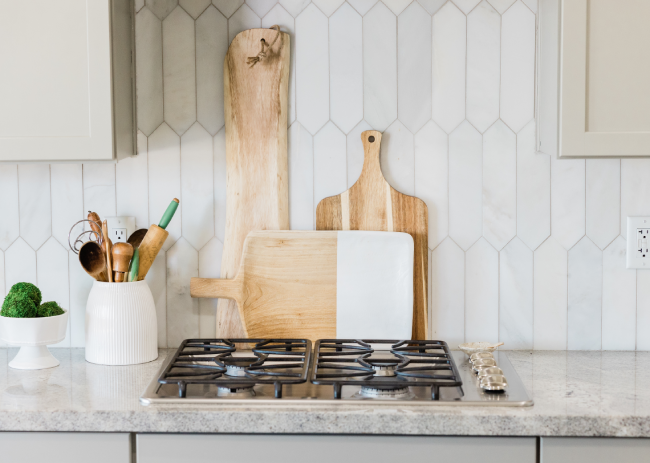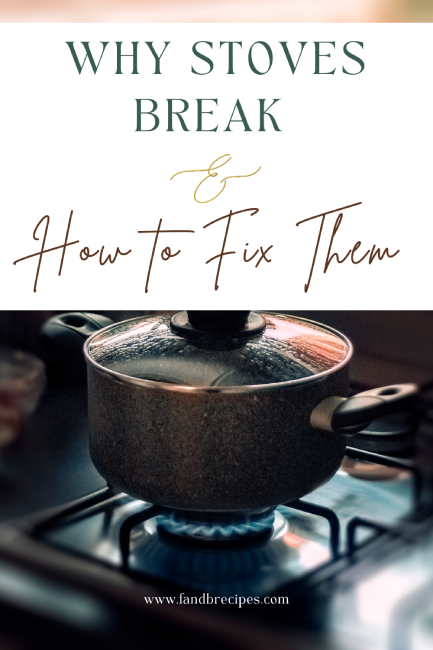Why Stoves Break and How to Fix Them
Stoves are essential components in the modern-day kitchen. They enable you to create delicious and healthy dishes from scratch, perfectly cooking each ingredient.
However, as with every kitchen appliance, stoves are prone to breaking down every now and then. Understanding why stoves break is key to fixing the problem as soon as it arises and restoring your stove to its full function.
Below, we’ve covered some of the most common causes of stove breakages and how to fix them.
Faulty Heating Elements
The heating elements are a central component of a stove, but over time, they can wear out. If one or more of them breaks inside your stove, it might fail to reach the desired temperature to properly cook your food and might stop working altogether.
To fix this issue, you will need to replace the faulty heating elements. You can get replacement parts for a stove online or in the kitchen section of your local DIY store. Read the user manual to learn how to replace the element yourself.
Broken Ignition
To initiate the burners and heating elements of a stove, you need to activate the ignition. If the ignition is faulty or broken, the stove might only produce a small flame or no flame at all.
You will need to clean the burner and ignition system inside your stove to resolve this problem. If the issue persists after a deep clean, you’ll need to replace the burner, the ignition, or both.
Control Panel Issues
Every stove has a control panel, whether it’s an electric, dual-fuel, or gas stove. If the control panel in your stove is faulty, you might be unable to use it properly or receive error codes when you try igniting the stove to cook.
Faulty wiring or a broken control board are often the culprits of this common issue. Check your user manual for advice on how to access and check your stove’s control board. If you’re unsure how to replace it, contact a professional technician or kitchen fitter.
Damaged Heating Coils
Electric stones require heating coils to work efficiently. Although these coils are often made with durable materials, they can become damaged over time. If these coils break, your stove might not turn on at all.
It can be difficult to fix a damaged or broken heating coil, and it’s often easier to replace the component altogether. You can attempt this yourself by following the guidance in your user manual or hiring a technician to complete the job for you. This is a relatively simple task, but only if you know what you’re doing!
Overload or Overuse
It’s tempting to overload your stove when your schedule gets crazy but you still want to cook healthy meals. However, doing so can increase the rate of wear and tear, causing your stove to break more quickly than it would normally. A worn-out stove is more prone to malfunctions, faults, and breakages.
Make sure to regularly inspect your stove and replace worn-out components as soon as possible. Clean it after use and avoid overloading by following the manufacturer’s instructions. Regular inspections, maintenance, and cleaning ensure that your stove lasts as long as possible without needing extensive repairs and replacements.




